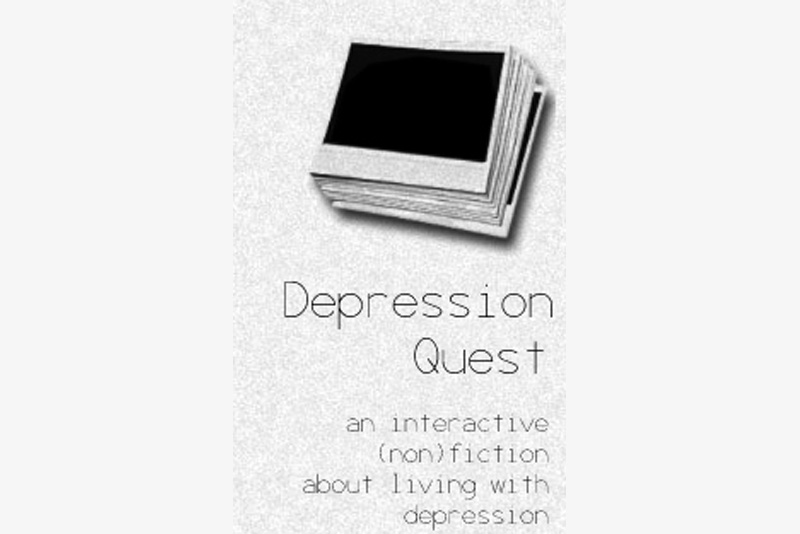The Settlers 7 : Paths to a Kingdom

The latest game in the "Settlers" series seems, on the surface, similar to its more recent predecessors. However, large and small changes in the game have taken a lot of charm and fun out of this particular franchise.
Like other Settlers games, the goal of The Settlers 7 is to build a thriving city and economy in a fantasy world. By linking up resource-producing buildings (woodcutters, mines, farms) to resource-using buildings (sawmills, blacksmiths, bakeries) the player creates a healthy environment for their population to grow. However, in terms of city-building there is one key difference between The Settlers 7 and earlier games: in earlier games, buildings were single "blocks", and thus players could build around winding streets fairly easily. However, the Settlers 7 introduces a sort of T-shaped building plan: a main building and 3 "work yards". These work yards are necessary, since they're the actual resource-producing/resource-using structures.
Unfortunately, it's difficult to use them on winding or bending streets since their shape is unalterable - if you want to get full use out of a building, you have to put it in a location where all three work yards are accessible. This affects the entire city-building process; it makes the game feel a lot less "personal", since rather than building naturalistically you're forced to have these weirdly-shaped lots all over your city.
Combat, too, is treated differently. In The Settlers 6, for example, you mined iron and then used that iron to make weapons and armor to equip soldiers. Then you could command groups of your soldiers in battle to attack other provinces. In The Settlers 7, soldiers are produced from a tavern by recruiting them with food and gold. These soldiers automatically attach to a general, who you then send out to attack other provinces automatically. There is no tactical control - the units just charge at each other until one side is gone. While there are different kinds of soldiers - foot soldiers, riflemen, horsemen, and so on - their role is so simplistic that it doesn't really matter except in the sense that you need to make a balanced force.
Research in this game is accomplished in two ways. The first is increasing the prestige of your city by completing objectives and putting up monuments. This unlocks upgrades like improved lots and new buildings. The second research method involves neutral monasteries found on the map. By building a church and sending priests or novices to these monasteries, players can research bonuses like improved work speed or improved gunpowder damage. However, other players can "bid" on the technology by sending a larger number of priests to do the research.
The graphics and designs, while similar to previous games, lack a lot of their charm. Everything's made to look like a fairy tale storybook, or something along those lines. However, it's all so simplified and cartoonish that it doesn't look particularly great. Earlier games were "cartoonish" in a way, too, but 7 takes it too far; the people don't look like people, and the buildings don't look like buildings. The Settlers 6 did a great job of having a city that looked stylized without going too far, and The Settlers 7 has crossed that line. While some of the "working" animations are kind of neat, the city feels a lot less alive than it did in previous games.
"The Settlers 7" is functional, but it's lost a lot of the things that made the series fun to play. Even with things like multiplayer and map editors, the game doesn't feel enjoyable to play. The basics are in place, but it doesn't feel like a proper city-builder. It would probably be better to pick up an earlier title than go for this one.
Rating: 6/10.
Note: We purchased The Settlers 7: Paths to a Kingdom with our own funds via Steam.
Like other Settlers games, the goal of The Settlers 7 is to build a thriving city and economy in a fantasy world. By linking up resource-producing buildings (woodcutters, mines, farms) to resource-using buildings (sawmills, blacksmiths, bakeries) the player creates a healthy environment for their population to grow. However, in terms of city-building there is one key difference between The Settlers 7 and earlier games: in earlier games, buildings were single "blocks", and thus players could build around winding streets fairly easily. However, the Settlers 7 introduces a sort of T-shaped building plan: a main building and 3 "work yards". These work yards are necessary, since they're the actual resource-producing/resource-using structures.
Unfortunately, it's difficult to use them on winding or bending streets since their shape is unalterable - if you want to get full use out of a building, you have to put it in a location where all three work yards are accessible. This affects the entire city-building process; it makes the game feel a lot less "personal", since rather than building naturalistically you're forced to have these weirdly-shaped lots all over your city.
Combat, too, is treated differently. In The Settlers 6, for example, you mined iron and then used that iron to make weapons and armor to equip soldiers. Then you could command groups of your soldiers in battle to attack other provinces. In The Settlers 7, soldiers are produced from a tavern by recruiting them with food and gold. These soldiers automatically attach to a general, who you then send out to attack other provinces automatically. There is no tactical control - the units just charge at each other until one side is gone. While there are different kinds of soldiers - foot soldiers, riflemen, horsemen, and so on - their role is so simplistic that it doesn't really matter except in the sense that you need to make a balanced force.
Research in this game is accomplished in two ways. The first is increasing the prestige of your city by completing objectives and putting up monuments. This unlocks upgrades like improved lots and new buildings. The second research method involves neutral monasteries found on the map. By building a church and sending priests or novices to these monasteries, players can research bonuses like improved work speed or improved gunpowder damage. However, other players can "bid" on the technology by sending a larger number of priests to do the research.
The graphics and designs, while similar to previous games, lack a lot of their charm. Everything's made to look like a fairy tale storybook, or something along those lines. However, it's all so simplified and cartoonish that it doesn't look particularly great. Earlier games were "cartoonish" in a way, too, but 7 takes it too far; the people don't look like people, and the buildings don't look like buildings. The Settlers 6 did a great job of having a city that looked stylized without going too far, and The Settlers 7 has crossed that line. While some of the "working" animations are kind of neat, the city feels a lot less alive than it did in previous games.
"The Settlers 7" is functional, but it's lost a lot of the things that made the series fun to play. Even with things like multiplayer and map editors, the game doesn't feel enjoyable to play. The basics are in place, but it doesn't feel like a proper city-builder. It would probably be better to pick up an earlier title than go for this one.
Rating: 6/10.
Note: We purchased The Settlers 7: Paths to a Kingdom with our own funds via Steam.

Related Articles
Editor's Picks Articles
Top Ten Articles
Previous Features
Site Map
Follow @lisavideogames
Tweet
Content copyright © 2023 by James Shea. All rights reserved.
This content was written by James Shea. If you wish to use this content in any manner, you need written permission. Contact Lisa Shea for details.



